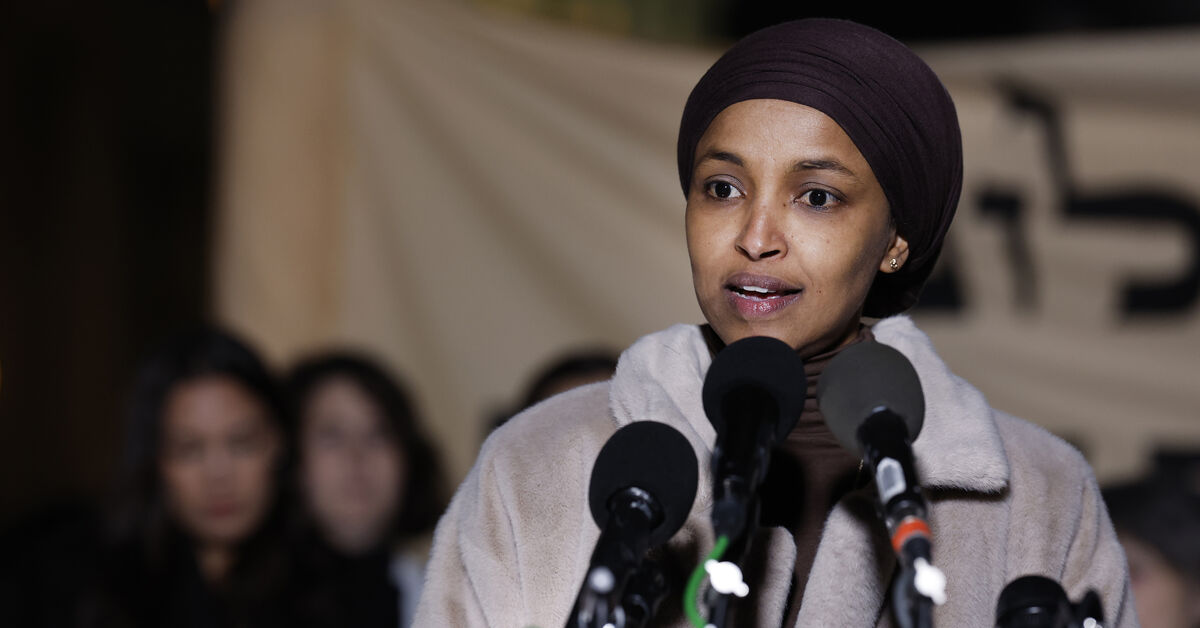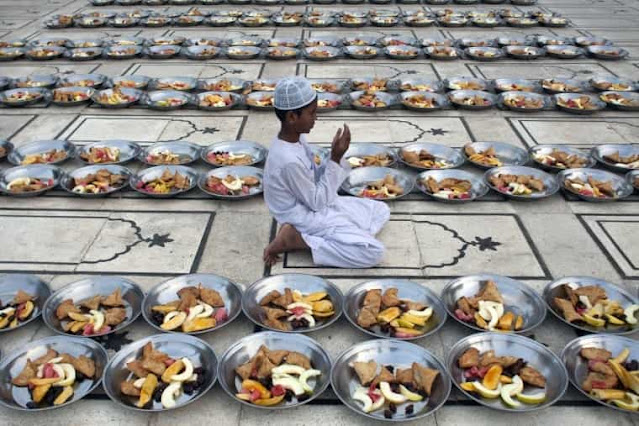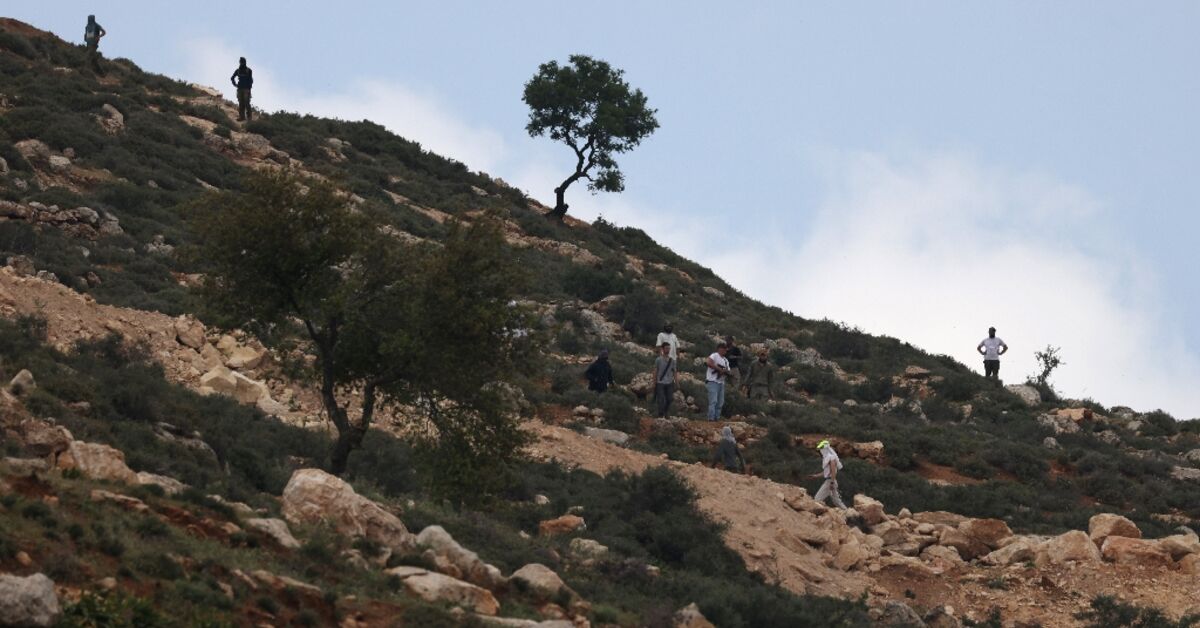
AL-AJAJ, RAQQA, Syria — A child camel moans in anguish because it sits in a muddy manger, its forelegs folded beneath its emaciated body. Its massive darkish eyes are moist with tears because the creature gazes imploringly at its proprietor. The cries develop louder and longer, then exhaustion prevails.
Like most of the camels on this desolate Bedouin village west of Raqqa, the one-year outdated is dying of malnutrition and has grown so weak that it will probably now not carry itself off the bottom. “There isn’t a rain, no water,” mentioned Ayash Shalhoub, a Bedouin camel herder whose tribe has bred camels for hundreds of years. “No rain means no vegetation, therefore no meals for our camels. If issues proceed this fashion, neither our animals nor we are able to survive,” he advised Al-Monitor on a latest afternoon.
This 12 months greater than half of the pregnant camels within the village’s 500-strong herd miscarried because of the lack of meals. “Look, she remains to be weeping for her misplaced child,” mentioned Shalhoub pointing to a different camel emitting piercing wails. “Camels, they’re like people. They cry.”
A sick child feminine in al-Ajaj, Nov. 2, 2021. (Amberin Zaman/Al-Monitor)
Syria is experiencing its worst drought in 70 years, the most recent catastrophe to strike a nation gutted by a decade of inner battle, pauperization, outdoors navy intervention and the Islamic State’s gory blitz. The COVID-19 pandemic, along with the Syrian authorities’s blockage of all but one international aid corridor and Turkey’s suppression of water sources are pushing the nation over the brink. With water ranges at hydroelectric dams plummeting to harmful lows since January and water and energy cuts rising extra frequent and longer-lasting, the United Nations and various worldwide aid businesses are warning of a humanitarian disaster.
Rivers and streams that do stream are blackened by pollution attributable to makeshift oil refining and leaky pipelines and storage tanks.
Juan Mustafa, the highest well being official for the Kurdish-led administration in northeast Syria, advised Al-Monitor that numerous cancers, waterborne sicknesses and the parasitic illness leishmaniasis are on the rise. Animals that drink the contaminated water are perishing, he mentioned.
Only one% of the inhabitants dwelling within the northeast is vaccinated in opposition to COVID-19. Mustafa mentioned, “The drought and absence of potable water is hindering our efforts to include the coronavirus. To keep away from coronavirus, you must hold clear. With out water it’s inconceivable.”
The northeast area is the toughest hit. Nourished by the Euphrates River and its tributaries, the area produces most of Syria’s cotton, half of its cereals and most of its oil. For this reason Syrian President Bashar al-Assad is so eager to reclaim it from the Kurdish-led administration that runs the realm beneath the navy safety of america.
A camel with foot and mouth illness, a generally deadly and extremely contagious virus that impacts cloven hoofed animals, in al-Ajaj, Nov. 2, 2021. (Amberin Zaman/Al-Monitor)
Greater than 5 million Syrians depend upon the Euphrates, which originates in Turkey, for potable water. World local weather change is the primary purpose for the drought. However native officers insist that Turkey shares blame for his or her distress by its development of a string of dams on the Euphrates and Tigris over an expanse in southeast Anatolia that’s bigger than Belgium. They echo accusations leveled by Assad and his predecessor and father, Hafez al-Assad, that Turkey is weaponizing water. Turkey’s suppression of consuming water from the Alouk pumping station within the chunk of northern Syria it occupied in 2019 is effectively documented.
Turkey itself is presently affected by protracted drought. “It is retaining the water [in the dam reservoirs] to satisfy its personal wants. There’s very intensive agriculture in that space the place thirsty crops like maize and cotton are grown, so much less water then goes to Syria. I don’t assume it’s a part of a deliberate plan to punish the [Kurdish-led] self administration, although Turkey might not be so sad in regards to the results on them,” mentioned Wim Zwijnenburg, a researcher who has co-authored quite a few research on the influence of battle, drought and air pollution throughout Syria for the Dutch nongovernmental group PAX.
At this time, one of many Euphrates’ largest tributaries, the Khabur River, is bone dry. A whole lot of irrigation canals crisscrossing barren fields throughout northeast Syria the place farmers would usually be planting their crops are lowered to mud. Save for the occasional drizzle there was virtually no rainfall this 12 months so most are holding again for concern of a failed yield.
The dry riverbed of the Khabur is seen in al-Hasakah, Nov. 1, 2021. (Amberin Zaman/Al-Monitor)
Hundreds are caught in a spiraling debt lure, unable to repay loans to purchase seeds and fertilizers for the earlier season. “Each day farmers are coming to us to promote their gold. Their numbers have risen steeply over the previous three months. That is the wedding season. They need to be shopping for gold, not promoting it,” mentioned Ibrahim Iso, a gold dealer within the city of Amude bordering Turkey.
The drought, additionally ravaging neighboring Iraq, has despatched costs for grains and cereals to dizzying heights. A ton of wheat that price $180 final 12 months prices $520 now, in flip driving up the value of bread, essentially the most crucial staple of all. A ton of barley, which price $80 per ton final 12 months, is now price $400, in keeping with native farmers interviewed by Al-Monitor. The World Meals Program estimated firstly of the 12 months {that a} report 12.4 million Syrians confronted starvation.
The toll on livestock and wildlife is palpable. “Gazelles, storks, falcons and jackals, we hardly see them anymore,” Mulla mentioned. Storks perched atop their nests on electrical energy poles — a as soon as widespread sight — are certainly strikingly absent this 12 months. The variety of camels within the northeast area has dipped to 1,935 in 2020 from 2,561 in 2018, Mulla’s analysis confirmed. Throughout Syria, hundreds of camels are being sold on the black market and smuggled into Jordan, Turkey and Iraq.
Peter Schwartzstein is a marketing consultant for PAX and a nonresident fellow on the Heart for Local weather and Safety, a assume tank in Washington. “In northeast Syria as in most components of the world, animal herders and pastoralists are usually among the many most susceptible to environmental and local weather shocks. That’s as a result of for essentially the most half they’re among the many poorest and among the many most politically and economically marginalized, dwelling on the fringes of society,” Schwartzstein advised Al-Monitor.
“There’s additionally a restrict to the place and the way affordably they’ll migrate. So their choices are even narrower than these of farmers and others who work in different professions,” he famous.
Schwartzstein’s analysis in northeast Syria discovered that on common herders and pastoralists had misplaced between 40% and 60% of their animals. “In lots of cases that they had starved to loss of life. In others, with the intention to stop the animals from ravenous pastoralists have needed to promote them for bargain-basement costs, which places them in an much more precarious scenario.”
“Camels are maybe the canary within the coal mine as a result of camels require extra vegetation, extra meals than sheep and goats and usually tend to endure than different livestock,” Schwartzstein added.
Youngsters play in al-Ajaj, Nov. 2, 2021. (Amberin Zaman/Al-Monitor)
“Hardly anyone right here buys them for his or her meat on this space. We used to promote them in rural areas of Damascus, Douma and Hama, the place the meat is fashionable however the payment charged by smugglers is greater than the worth of the camel itself,” Nassan mentioned.
People and animals are tightly intertwined within the space, the place the villagers use the camels’ wool to weave rugs and blankets and stuff pillows, and their manure for heating and milk to feed their youngsters. “Camels are very hooked up to their homeowners and you’ll have a really sturdy reference to the feminine that develops as you milk her. She could be very light, very variety,” Bernard Faye, a world-renowned French camel professional, advised Al-Monitor. “When a camel loses her child she cries with tears flowing from her eyes for one or two days,” Faye added.
Nassan mentioned camels reply to their names. When evening falls they huddle outdoors their respective homeowners’ huts. “They aren’t as intelligent as horses however extra clever than cows,” mentioned Faye. White camels are essentially the most extremely prized.
Not one of the youngsters right here go to high school. All are illiterate like their mother and father. Women and boys prepare as shepherds as early as 5. Nevertheless, when requested what number of youngsters they’ve, the Bedouins usually reply with the variety of boys. Even previous to the beginning of the Syrian battle in 2011, the Bedouins wouldn’t formally register their sons’ births with the intention to evade pressured conscription within the Syrian military, in keeping with Haian Dukhan, a number one professional on Syria’s tribes with the Central European College.
For a lot of, three wives and at the very least 10 youngsters are the norm.
Solely two villagers, each girls, have contracted COVID-19 up to now. They attribute their resilience to their consumption of camel’s milk. “It cures most cancers, you already know,” Nassan asserted.
Milk is briefly provide. Syrian breeds are among the many most efficient, yielding as much as 10 liters of milk per day — in higher circumstances.
Ahmed (entrance proper) stand with different youngsters in al-Ajaj, Nov. 2, 2021. (Amberin Zaman/Al-Monitor)
“When camels are undernourished they don’t produce milk,” Faye mentioned.
Bedouin tradition, with its camels, Arabian horses and falcon-hunting salughi hounds that has excited Western creativeness for hundreds of years, is quick changing into a relic of the previous. Drought and battle are accelerating their demise, which started with the rise of urbanization and trendy know-how within the early twentieth century.
“In 1930, Syria’s nomadic Bedouin inhabitants, which used to roam the desert, accounted for 13%,” Dukhan recalled. “With the discount of the significance of the camel because of the introduction of contemporary transport we began to witness a lot of Bedouins settling within the cities, with the variety of nomadic Bedouin falling to 7% and to lower than 2% in direction of the tip of the twentieth century,” Dukhan advised Al-Monitor.
Central governments have historically considered the Bedouin with suspicion due to their peripatetic life-style, which knew no borders for hundreds of years previous, and crafted insurance policies designed to maintain them put. At this time there isn’t any such scrutiny.
“We’re a forgotten folks,” complained a camel herder who recognized himself as Obeid. “When Daesh was right here they used to offer us meals and drugs for our camels,” Obeid mentioned, utilizing the Arabic acronym for the Islamic State. The jihadis apparently did so as a result of they related camels with the period of the Prophet Muhammad.
The prophet is claimed to have owned a camel referred to as al-Qaswaa and rode her throughout his pilgrimage from Mecca to Medina in 629 AD. Based on numerous hadiths, upon his passing, Qaswaa starved herself to loss of life.
Obeid mentioned the herd is in pressing want of veterinary companies. One of many camels has developed the extremely contagious foot and mouth illness. He gestured towards the animal’s rear proper hoof, which was coated by a big sore and coated in dried blood. The Bedouins’ appeals to native authorities have fallen upon deaf ears. “Beneath Daesh, for people life was depressing however for camels it was good,” Obeid mentioned.



